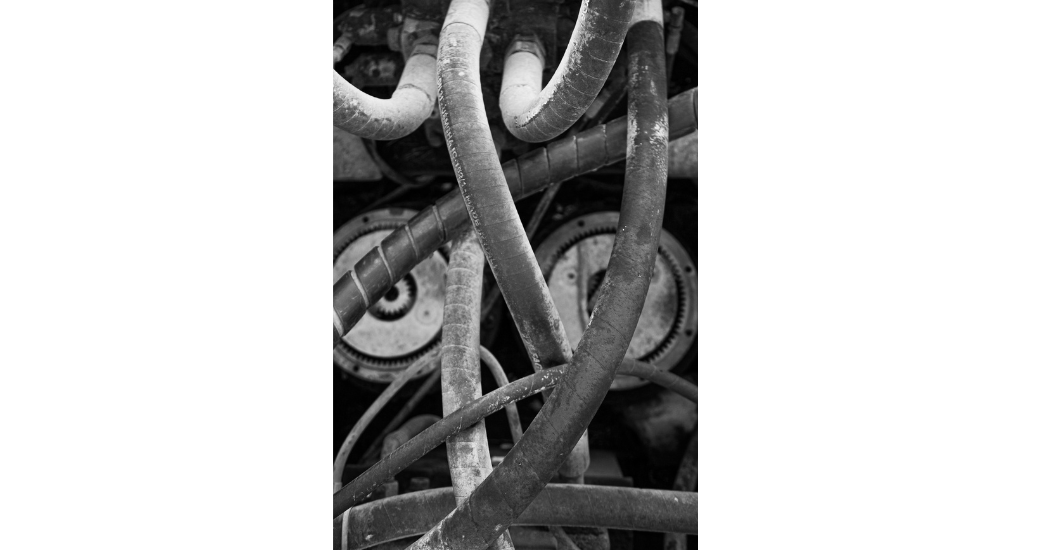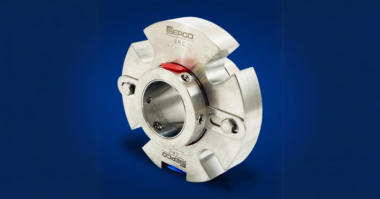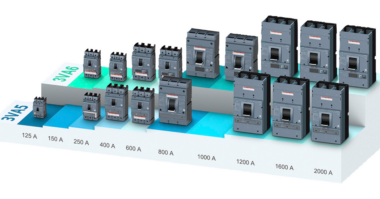For handling extensive or heavy loads in excess of 3,000 pounds, it makes sense for engineers to implement hydraulic cylinders. They use electricity to create motion, which in turn completes a specific task. They’re often used in motors, pumps, oil filters, relief valves, and other types of valves. Industries like aeronautics, manufacturing, and construction rely on the technology in heavy machinery and mission-critical systems.
But hydraulic cylinders are also bulky, with many complex components, so they can be very difficult to implement when spaces or designs are tight. A sound alternative is an electro-hydraulic actuator.
Electro-hydraulic actuators aren’t all that different in size from hydraulic cylinders. However, they are designed differently, with remarkably unique internal compositions. A hydraulic cylinder is often densely packed with components and parts, many of which can develop leaks or issues over time — primarily due to constant vibrations and movements.
Electro-hydraulic actuators, on the other hand, are self-contained, with unique properties that make them more suitable in various applications. They are low-maintenance, relatively durable, and provide plenty of power.
To understand when and where an electro-hydraulic actuator makes more sense for a project or system, it’s best to consider the pros and cons of their use.
The Pros of Electro-Hydraulic Actuators
Overall, when compared to hydraulic cylinders, electro-hydraulic actuators have a significant advantage thanks to higher power density, low maintenance requirements, location and usage versatility, cleanliness, and general cost. What’s more, because they can handle up to a 4,800-pound load, they can be used in instances where traditional hydraulics cannot.
Engineers have a lot more freedom and design flexibility when it comes to implementing electro-hydraulic actuators, meaning they can create more efficient and nuanced systems. The self-contained power also means they don’t need to be placed near other components or in a specific configuration. They do not rely on anything else.
They offer much higher precision and are scalable for any purpose or force requirement even well above traditional hydraulics. What’s more, they can be programmed, networked, and diagnosed quickly — especially since they require very little maintenance. Engineers and system operators gain complete control over the resulting hardware with the option to choose custom speeds, stroke lengths, or applied forces.
They are also much much quieter than hydraulic actuators, so they can be used in unique instances where noisy components may not be ideal. If you’ve ever been around a hydraulic press, you know just how loud traditional systems can get. Electric alternatives are quiet, efficient, powerful, and make a lot more sense in certain instances, especially when engineers need to be creative.
The Cons of Electro-Hydraulic Actuators
At one point in time, electric actuators were not commonly used because their design introduced many problems. They were weak, unreliable, and presented similar challenges. That’s no longer the case. In fact, today, they’re better and more powerful than many traditional hydraulics. They’ve come a long way, and the technology offers a more influential and dependable solution.
That’s not to say they are perfect. The biggest disadvantage of electro-hydraulic actuators is the upfront cost, especially when multiple units need to be deployed or installed. They are more expensive initially than traditional hydraulics or pneumatics. They’re also not safe for all conditions. For example, in flammable areas or where extremely high heat is created, it’s dangerous to use an electro-hydraulic actuator over a traditional system.
Finally, while the benefits of fluidless systems mean very little maintenance, and eliminate the need to inspect for leaks or similar problems, when something does go wrong, it’s necessary to have a specialist in place. The good news is that failures or malfunctions are rare with electro-hydraulic actuators. But they do happen. When something does go wrong, the likelihood of having an expert on your team is small, unless you seek out professionals with direct experience.
The Verdict
Despite the benefits and the increase in power density, it’s important to note that electro-hydraulic actuators are not ideal for every situation. The upfront cost, especially for more units, can be quite an obstacle for smaller operations. The usage cost is justified over time, but the upfront cost can be too great depending on how many units are necessary and what’s required.
As mentioned, they’re not ideal for use in hazardous conditions either, namely around flammable components and emissions. Extreme heat or cold can present unique challenges as well, so it’s best to refrain from using electro-hydraulic actuators in these rare circumstances.
However, there is something to be said about the self-contained design of electro-hydraulic actuators. Harsh conditions — which are not necessarily the same as extreme heat or flammable conditions — are still a major possibility for electric actuators because they do not suffer jamming problems, do not experience leaks and are relatively protected overall since they do not rely on external components or connectivity.
What’s most promising is that they can be continually improved over time to be much more efficient than comparable and traditional systems. That includes gains in noise suppression, fewer emissions, improved durability, and better power output, depending on the surrounding conditions and application. One could say it’s a relatively young technology, at least in hydraulics, that will continue to see major improvements in the years ahead.
Should You Choose Electro-Hydraulic Actuators?
While electro-hydraulic actuators certainly come with their share of benefits, all three hydraulic technologies — hydraulic linear, pneumatic, and electric — have their place in industrial settings. Unfortunately, there’s no one-size-fits-all system that’s viable for every single application. It’s best to take time to assess which form of hydraulics is right for the project and task and then implement accordingly.
Industry veterans may know that, somewhere along the line, electric actuators were just not commercially or economically viable, especially since they were weaker than some of the other solutions. That’s no longer the case, and the technology has not just advanced considerably but also now continues to grow more capable and prevalent every day. We’re starting to see its use in many industries, like aviation, manufacturing, construction, and others.





Comments